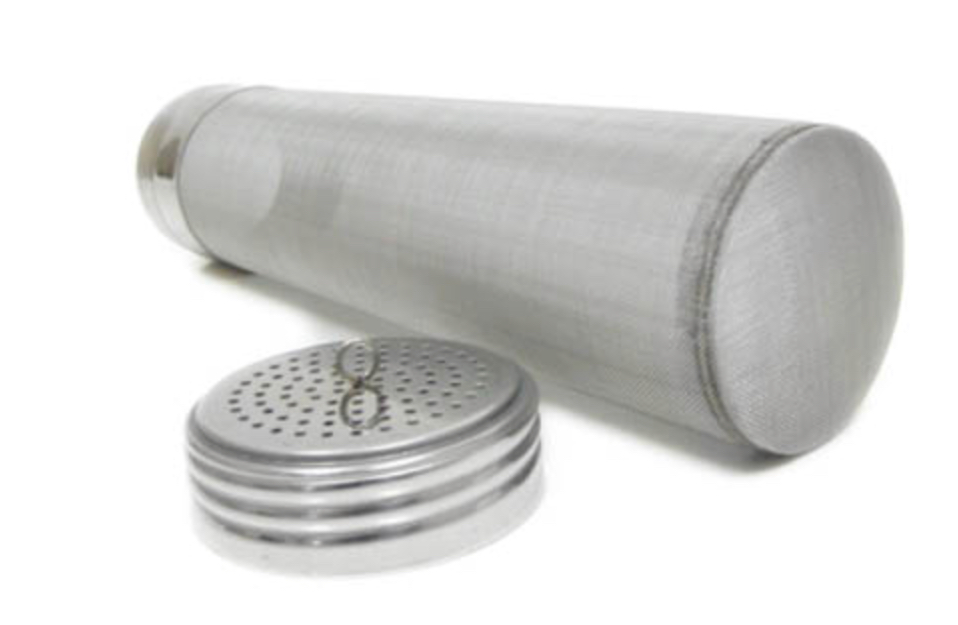Howdy all. Been brewing for over 10 years now and just NOW starting to like IPA's. Been a German beer fan for years and never cared too much for the IPA but a recent visit to a craft beer fest coupled with some great examples like HopSlam and I have caught the hop head bug.
Did an IPA last year where I used whole hops in the secondary. Easy enough to keep those out of the beer. Did the same recipe, double batch, but used pellets since they were out of whole hops in the variety I wanted. When racking to the keg from the primary, I managed to get quite a bit of hop material into the keg, enough so much so that it clogs the post with hops. I was using an inline filter that kept clogging over and over again, so much so that I stopped using it because I kept getting huge glugs of air in the transfer line due to constantly opening and closing the the filter to clear it out.
I used irish moss in the boil, I dry hopped for three days based on a number of articles I read that longer isn't needed and gives more grassy flavor, etc.
So, back to my original question - how do YOU keep the pellet hops out of the keg? Thanks for the advice!
Did an IPA last year where I used whole hops in the secondary. Easy enough to keep those out of the beer. Did the same recipe, double batch, but used pellets since they were out of whole hops in the variety I wanted. When racking to the keg from the primary, I managed to get quite a bit of hop material into the keg, enough so much so that it clogs the post with hops. I was using an inline filter that kept clogging over and over again, so much so that I stopped using it because I kept getting huge glugs of air in the transfer line due to constantly opening and closing the the filter to clear it out.
I used irish moss in the boil, I dry hopped for three days based on a number of articles I read that longer isn't needed and gives more grassy flavor, etc.
So, back to my original question - how do YOU keep the pellet hops out of the keg? Thanks for the advice!



